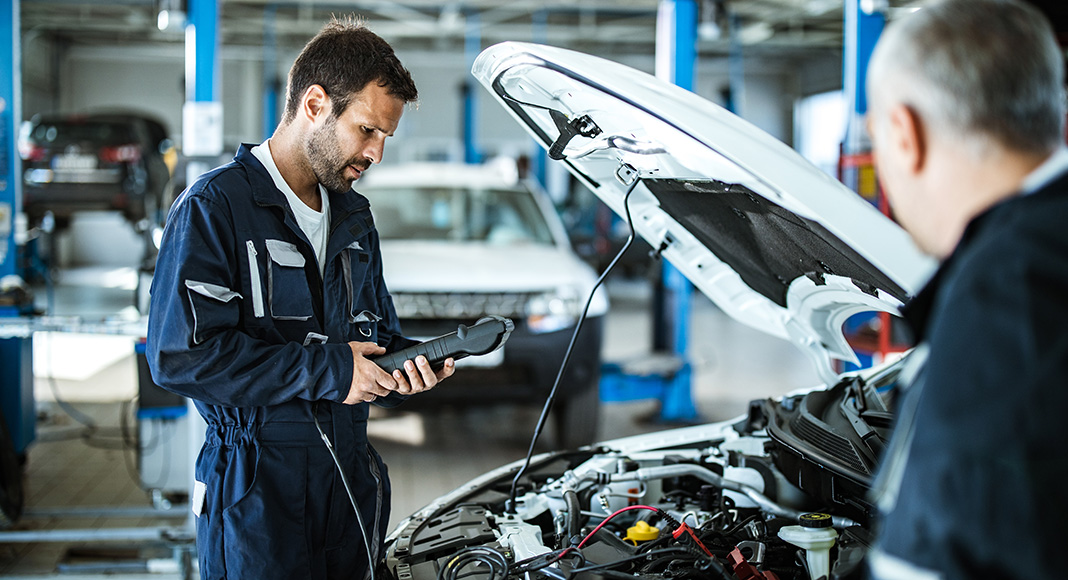Crash avoidance features improve safety but complicate repairs, according to a new report by the Insurance Institute for Highway Safety (IIHS).
The safety organisation surveyed owners of vehicles equipped with front crash prevention, blind spot detection or rearview or other visibility-enhancing cameras. Among those who reported that at least one of those systems had been repaired for any reason, about half said they had issues with the features after the job was completed.
âMost of the more than 3,000 owners we contacted said they had never needed to have their crash avoidance features repaired, but for the minority of owners who did, the problems werenât always resolved easily,â said IIHS Senior Research Scientist Alexandra Mueller.
âMany had issues with the technology afterward, and some said they had to have the same feature repaired more than once. Still, the vast majority said they would buy a vehicle equipped with the technology again and most were satisfied with the out-of-pocket cost.â
Many new vehicles are equipped with crash avoidance features. IIHS research has shown that front crash prevention (forward collision warning and automatic emergency braking), blind spot detection and rearview cameras all reduce the types of crashes they are designed to address.
IIHS surveyed nearly 500 drivers about their most recent experiences with repairs to their front crash prevention, blind spot detection or driver-assistance cameras for the latest report.



















